With the sad death of Hanoi’s legendary Hoan Kiem Turtle, Cu Rua (Great Grandfather Turtle) this month many citizens of Hanoi seem at a loss as what to do next. The passing of the old turtle has taken a little of the magic from the heart of Hanoi. But it has also left the future survival of the entire species that Cu Rua belonged to in doubt, the Swinhoe Softshell Turtle (Rafetus swinhoei) is now only represented by three known living individuals globally (2 in China and 1 in Vietnam).
Releasing another animal into Hoan Kiem Lake.
There have been recent news stories focused on wether a replacement turtle should be put into the lake to maintain the legend in someway. It has been suggested that the only other known remaining Swinhoe’s Softshell Turtle in Vietnam inhabits Dong Mo Lake west of Hanoi has been suggested. For many important reasons we view this as presently not a viable option and we encourage a discussion of the risks and alternatives.
When considering moving any large animal from the wild into such a small urbanized area such as Hoan Kiem lake the following are all considerations:
Environmetnal suitability
Poor water quality in Hoan Kiem Lake is of great concern. Although great efforts were made to improve water quality following Cu Rua’s poor health in 2011, the current levels of pollution are still likely beyond healthy levels.. Urban lakes are well known to suffer pollution with high levels of heavy metal and bacterial pollution. Oil and other debris (plastics and litter) run-off from roads encircling the lake during rain storms and possible effluent from nearby residences. Placing any large wild animal from a clean wild environment into a heavily polluted one places the animal at great risk of toxic shock which can result in death. This has been seen to occur in fish, turtles and other aquatic fauna. Water quality tests should be undertaken to ascertain this more clearly.
Stress
Hoan Kiem Lake is only 12 hectares compared to 1,400 hectares of Dong Mo Lake. Habitat available such as vegetation, nesting beaches and basking areas are very limited in Hoan Kiem Lake. Taking a wild animal and placing it in a small unnatural environment surrounded by human activity and without natural habitat to hide and feel secure will cause stress to the animal. For many species of turtle these stresses can result in long tem sickness that ultimately can contribute to the death of wild caught animals in captivity.
Threats
Being small and in a congested urban setting Hoan Kiem Lake is difficult to manage. Many people visiting the area and activities are ongoing around the lake 24 hours a day. Even for the Hoan Kiem Turtle there have been indications of some of the threats the turtle faced while living in Hoan Kiem.
– Rubbish in the lake has been seen to be a danger
– Fishing activities were linked to its poor health and injuries in 2010 with images of a fishhook possibly caught on the front carapce of the animal. Although fishing activities were banned following the treatment in 2011 visible use of hooks and lines can still be seen at present. Link to story on fish hooks.
These direct threats are not easily addressed without fencing, patrolling and carefully monitoring an area and this will be difficult to control.
Solutions
The need for long-term conservation and recovery of the species to ensure future generations of turtles exists is needed. Placing a single animal in Hoan Kiem Lake which at best might survive another 50 too 100 years, assuming no risk, health, or environmental factors play negatively on it, is not a long-term answer. Removing the animal from Dong Mo Lake and bringing it to Hanoi would remove this animal from future conservation programmes that are important to the species survival.
We need to be thinking beyond this generation or even the next. For the legend of Hoan Kiem Turtle to really live on we need to establish a breeding programme that can produce more animals. Right now we are at a crucial point, three animals are known globally, with these there is some potential for conservation breeding to increase numbers. Females of the species can produce 50 – 100 per year, a single year could produce enough hatchlings to give real hope to the species long-term survival. There is however a need for the Vietnamese government and the NGO community (national and international) to invest more heavily in identifying, confirming and protecting more turtles of the species. With a group of Rafetus swinhoei (the Hoan Kiem turtle species) animals could be bred with a long-term objective of reintroducing juveniles back into Hoan Kiem Lake once the lake has been adequately restored and protection conditions met.
With the sad passing of the Hoan Kiem Turtle time is clearly running out for the species and the legend. These longer-term solutions are what we should be seeking.
Background on the Swinhoe’s Softshell turtle (Rafetus swinhoei) species.
The species is a large softshell turtle of the taxonomic family Trionychidae, which means it has a bony carapace plate surrounded by cartilage covered in skin. Almost entirely aquatic the species can grow to over 150kg in size. Historically distributed in rivers and associated wetlands in northern Vietnam and as far north as the Yangtze River in China. During the 1970s to 1990s the species suffered from a dramatic decline largely due to hunting, mostly for local consumption as food, and through habitat loss and alteration, with streams and wetlands dammed or converted to agriculture such as rice cultivation.
Over the course of the last century, the number of large turtles in the Hanoi Lake have dwindled with only a single animal remaining since 1968, the lake has not provided an adequate habitat for a population of the species to breed and survive. Although a famous individual, the Hoan Kiem Turtle, was also an animal of huge conservation importance. He was one of only four Swinhoe’s Softshell Turtles (Rafetus swinhoei) known in existence. One animal was confirmed in the wild at Dong Mo Lake, Hanoi, in 2007 by the Asian Turtle Program of Indo-Myanmar Conservation for which an ongoing conservation project continues to try to safeguard the turtle. Two more, a male and a female, have been kept together at the Suzhou Zoo, China, since 2008 and nested annually but no eggs have hatched. Unfortunately an injury sustained during a fight many years ago is believed to have left the male unable to copulate successfully. To date, multiple attempts at artifical insemination have failed.
When considering other large native softshell turtles that can be found in Vietnam two other species are present, the Asian Giant Softshell Turtle (Pelochelys cantorii) and Asiatic Softshell Turtle (Amyda cartilaginea).
By Tim McCoramck & Pham Van Thong – Asian Turtle Program (ATP) of Indo-Myanmar Conservation (IMC)
Date: 29th January 2016
Photo gallery
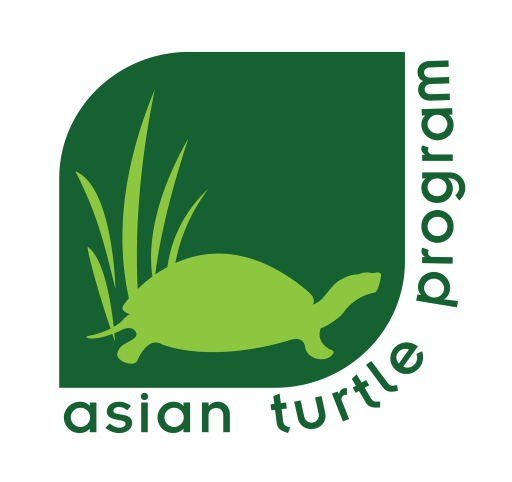

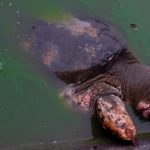
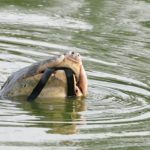
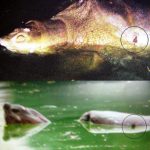
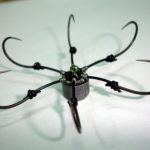
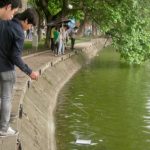
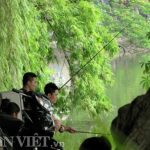


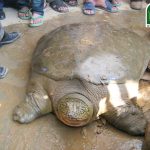

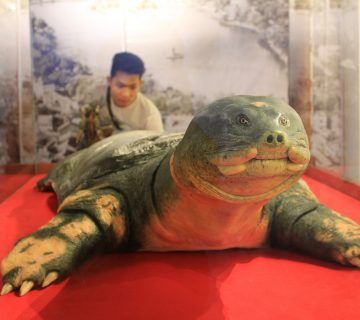
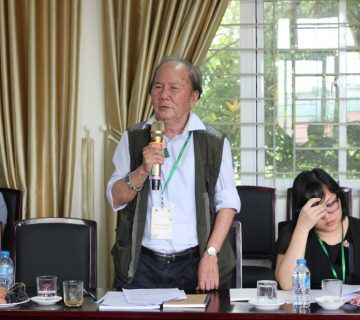
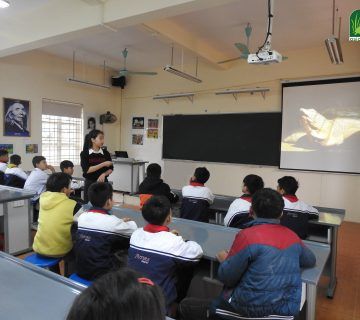

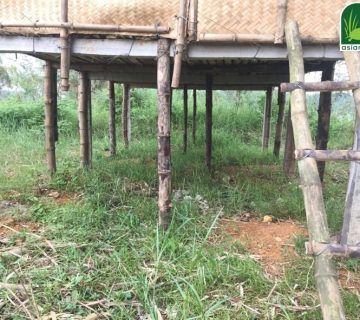
No comment